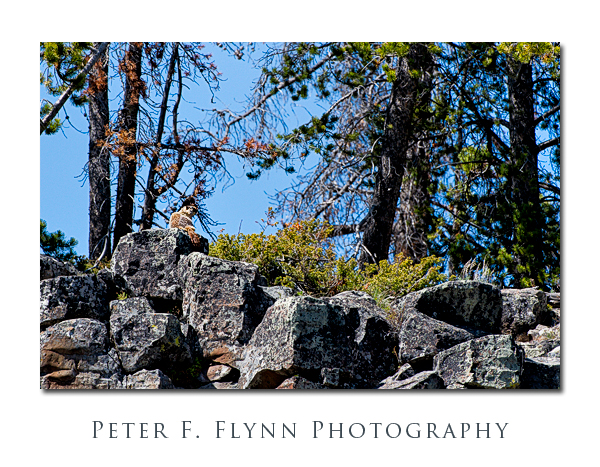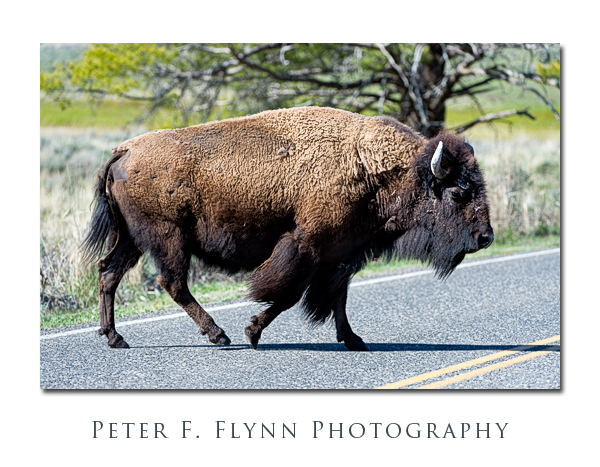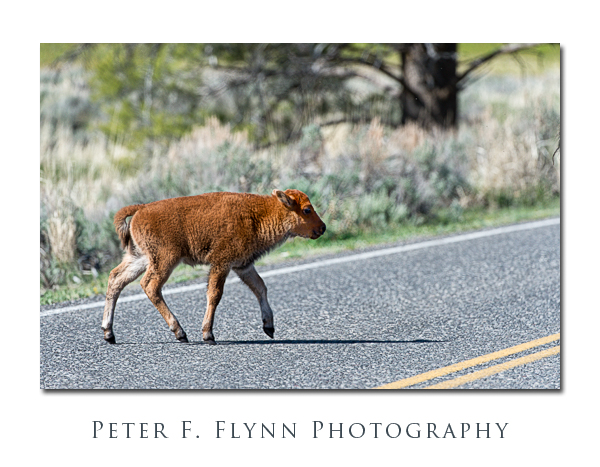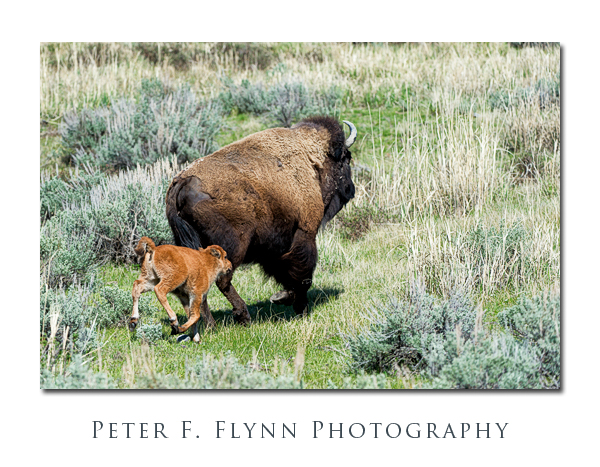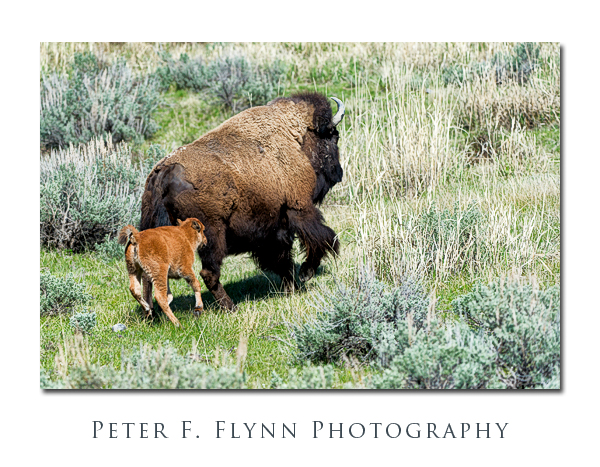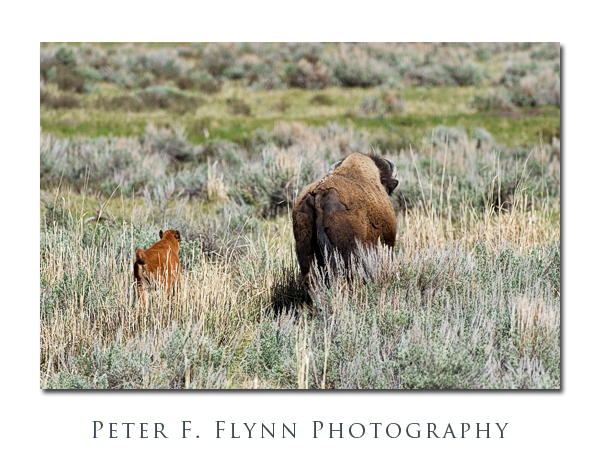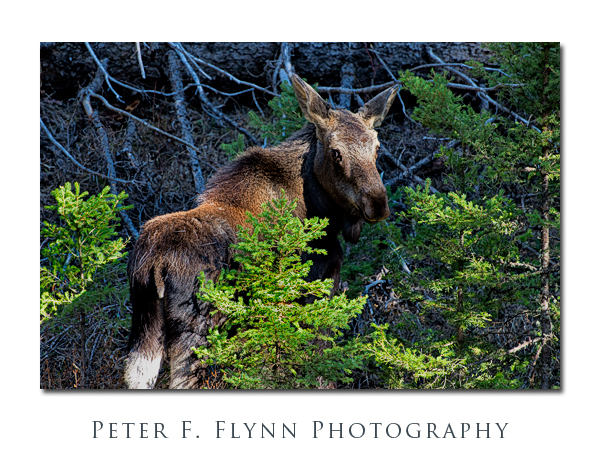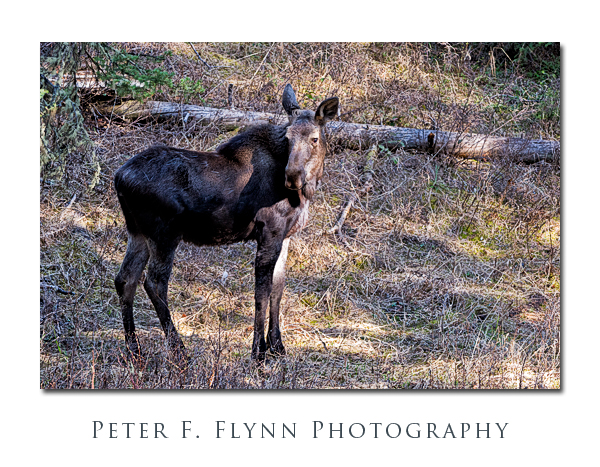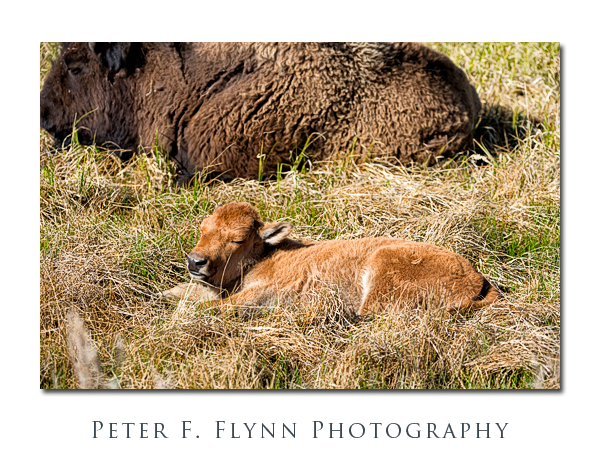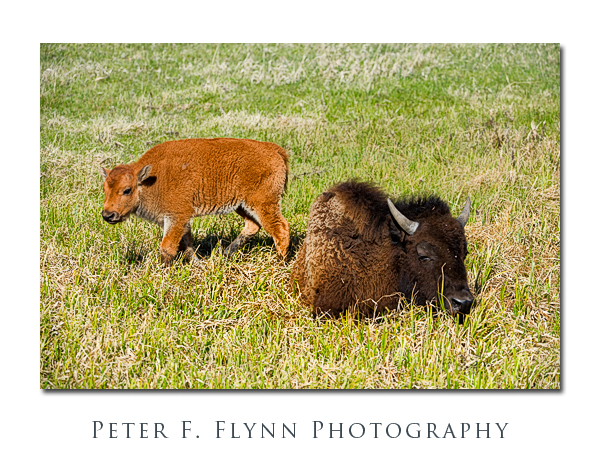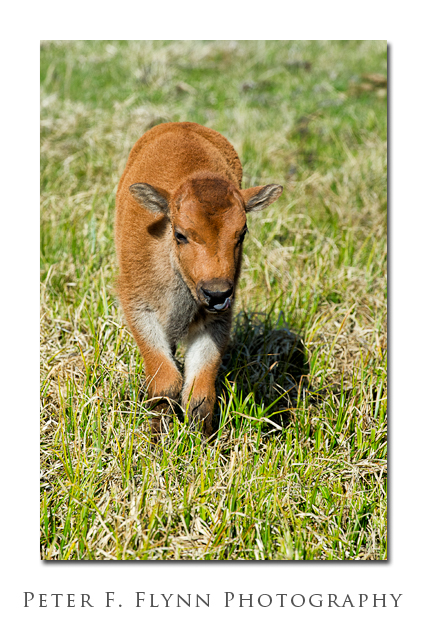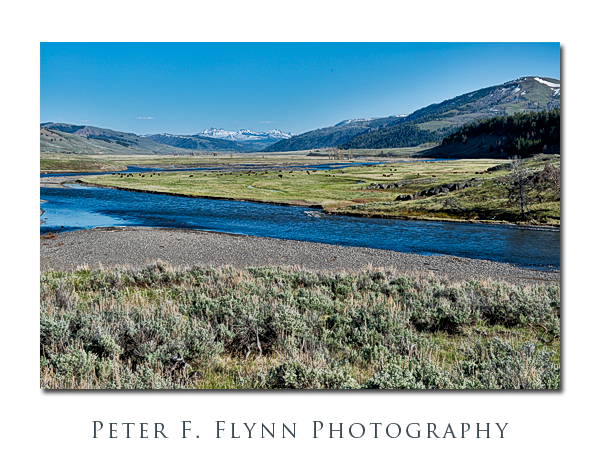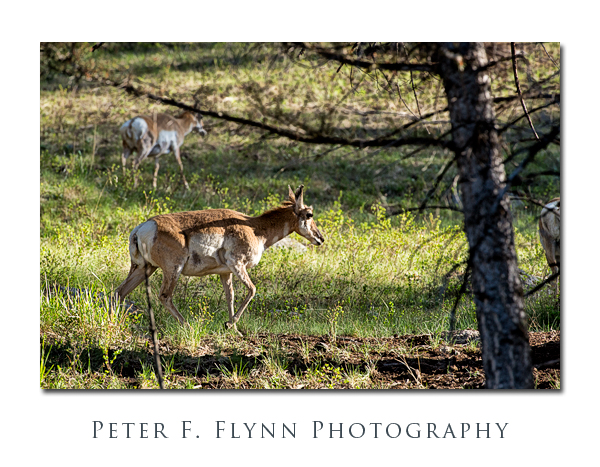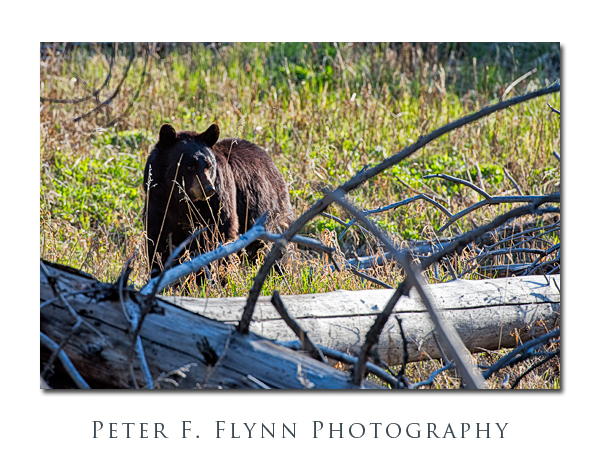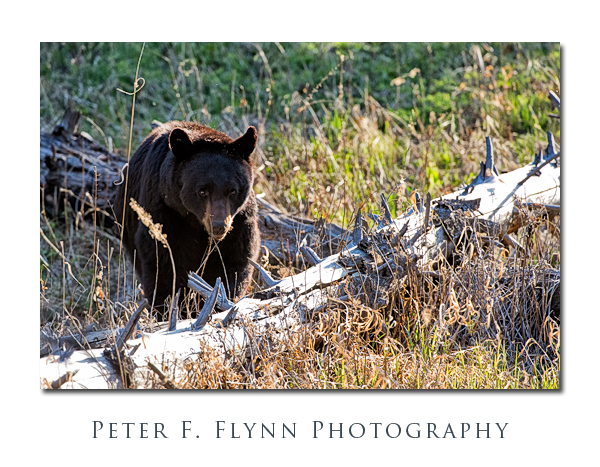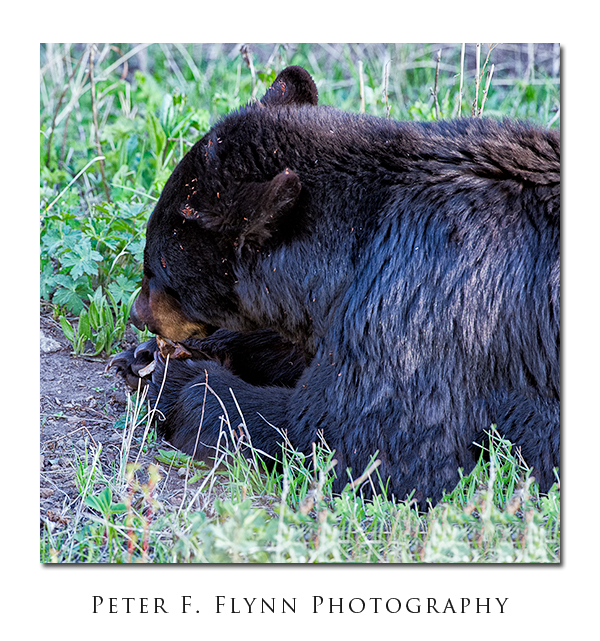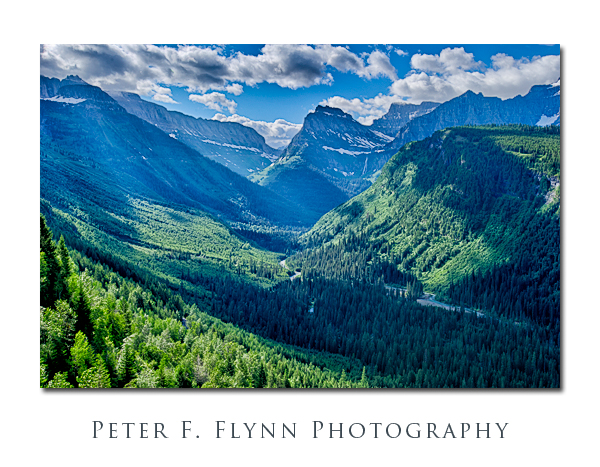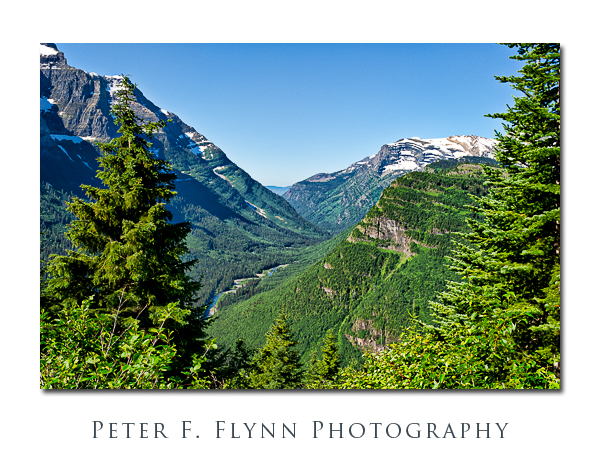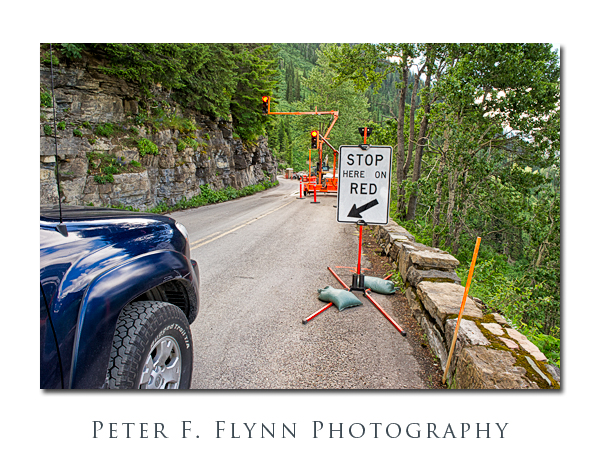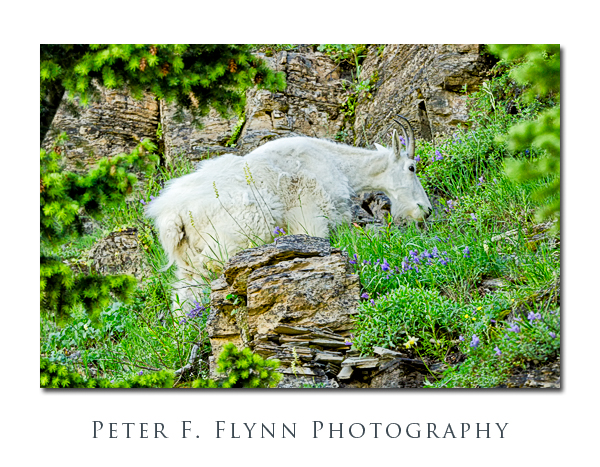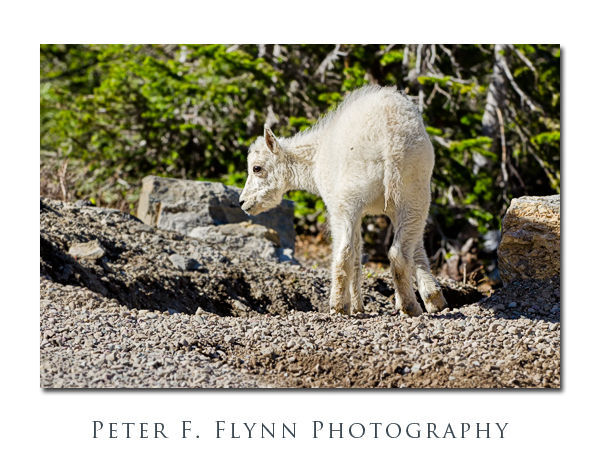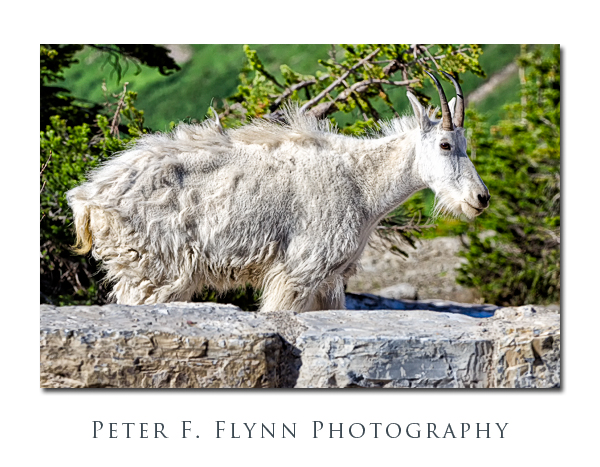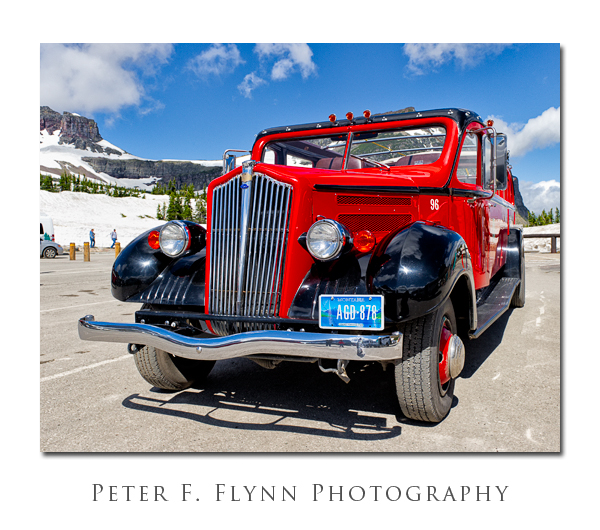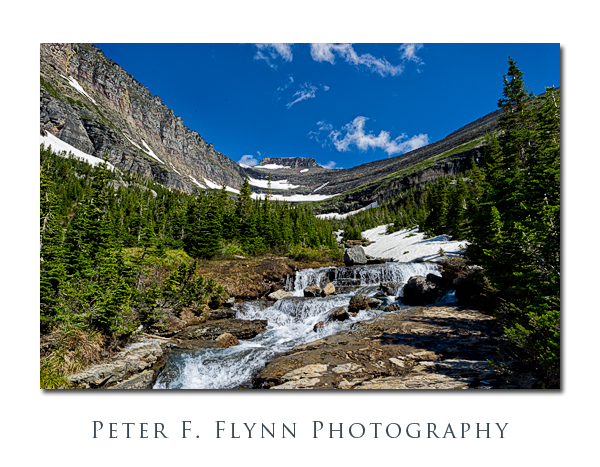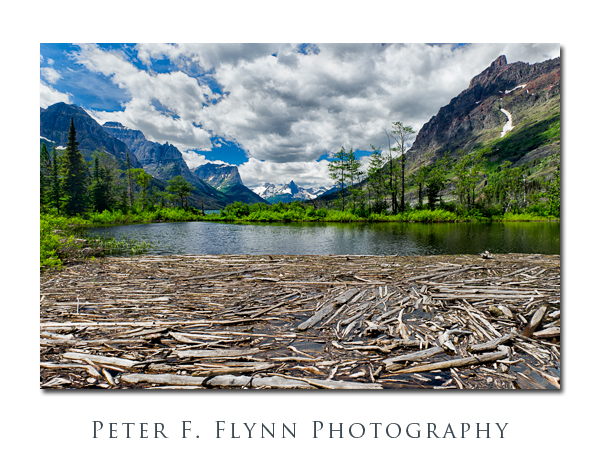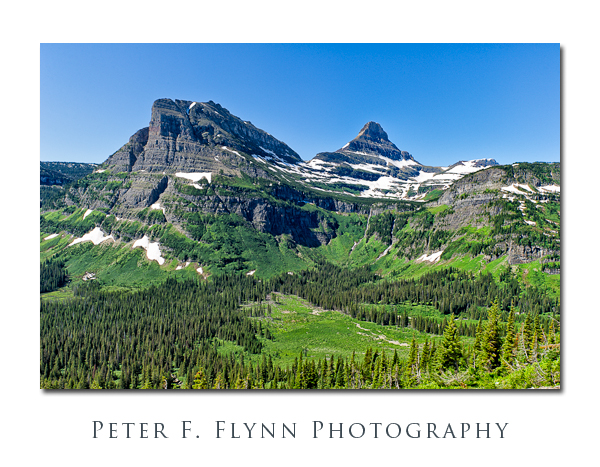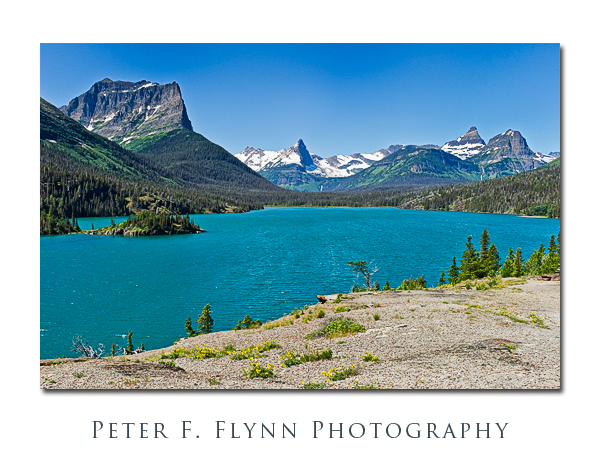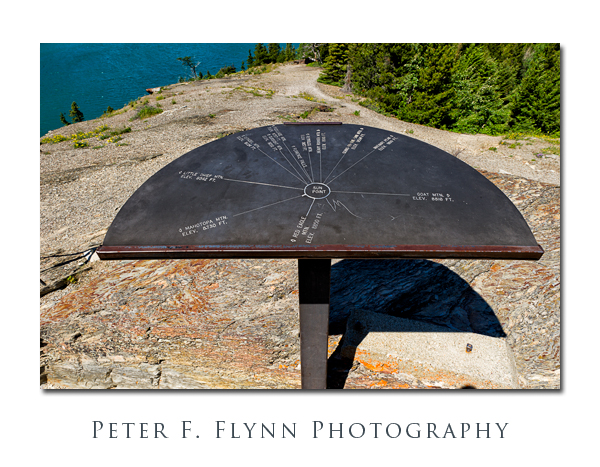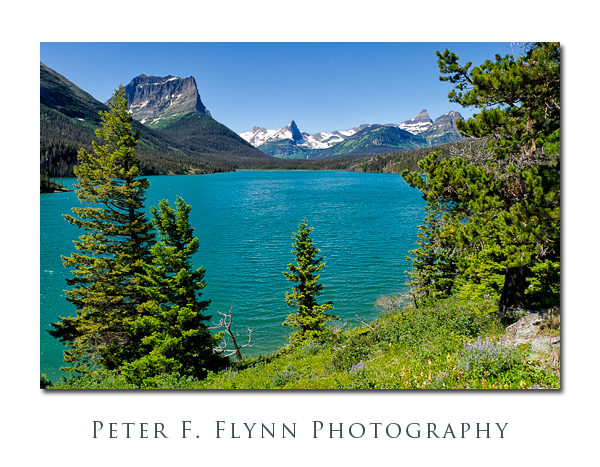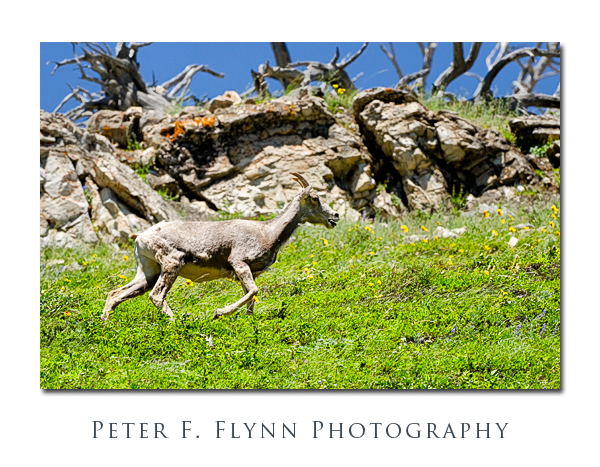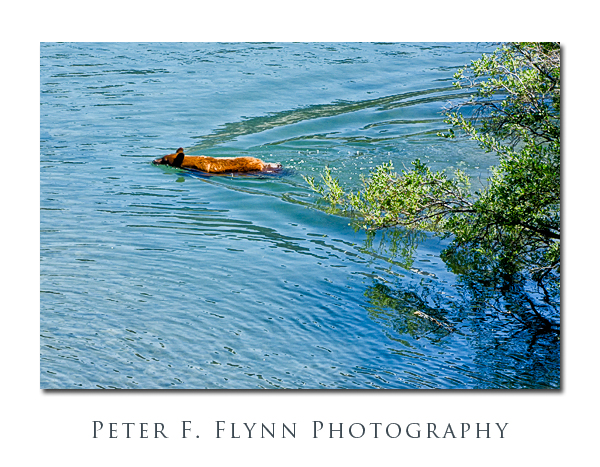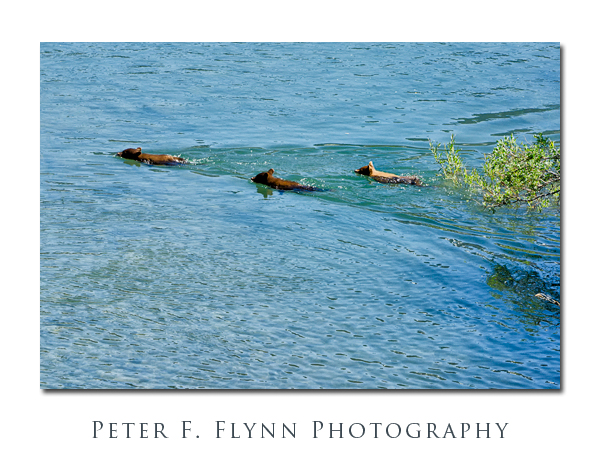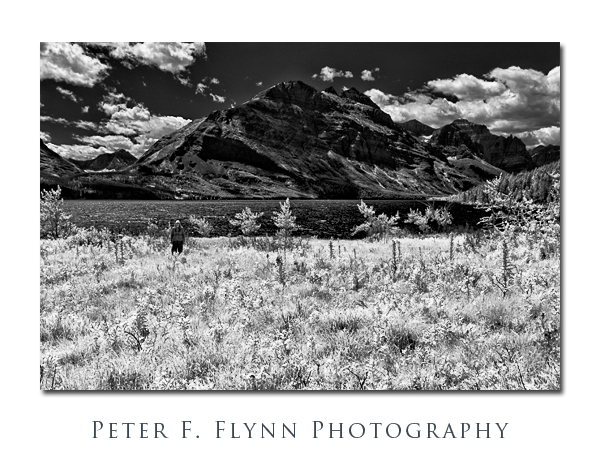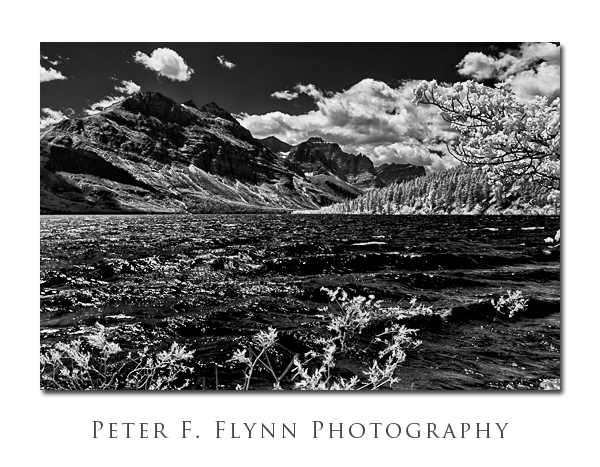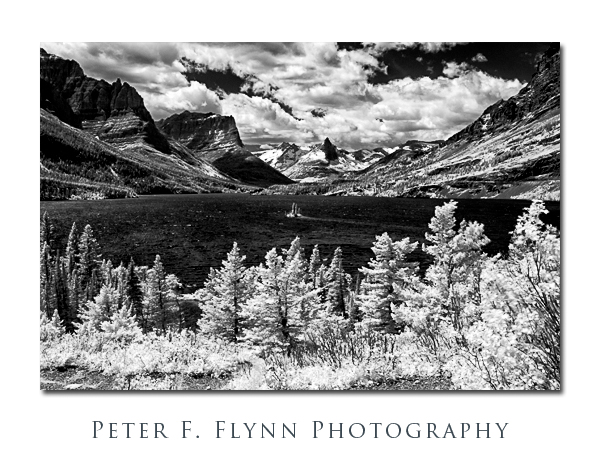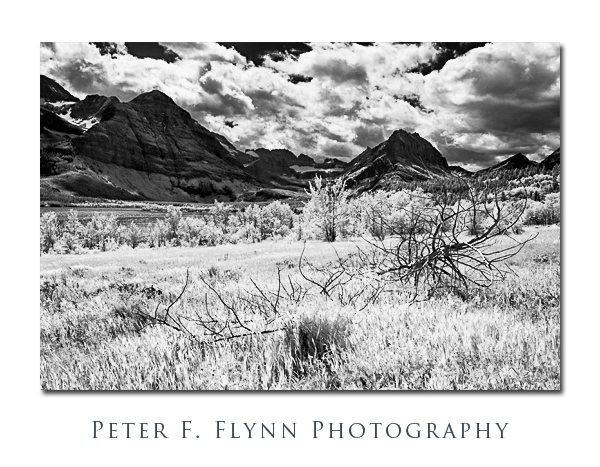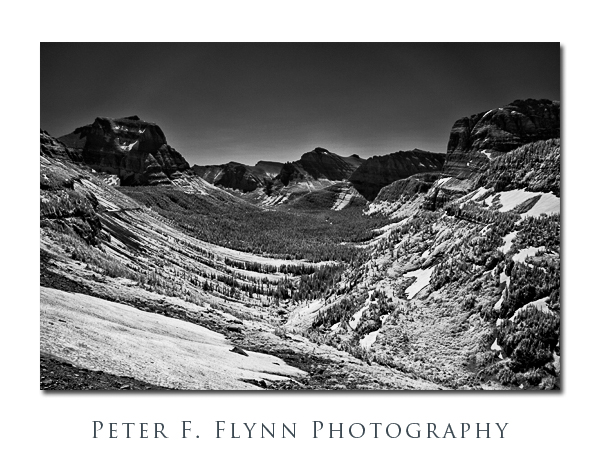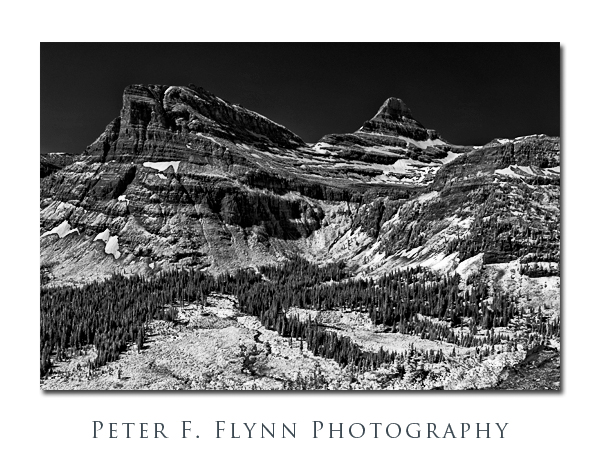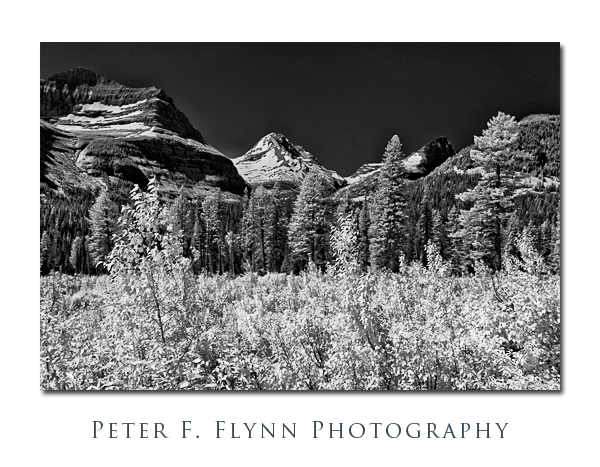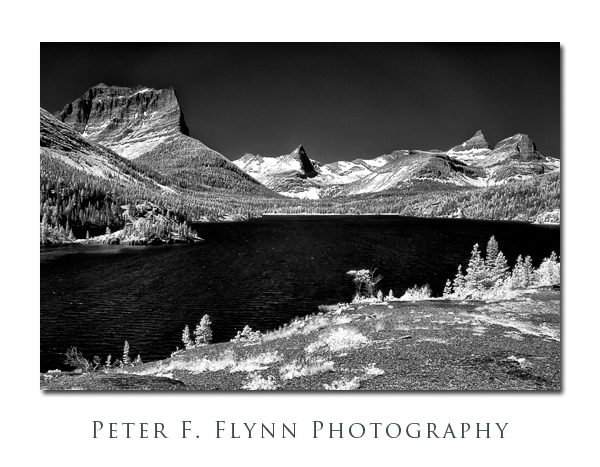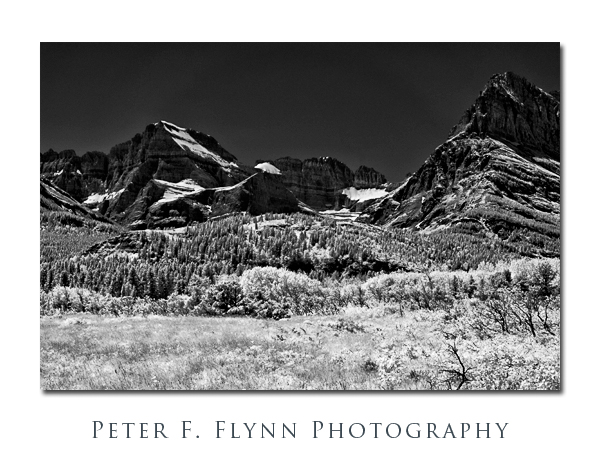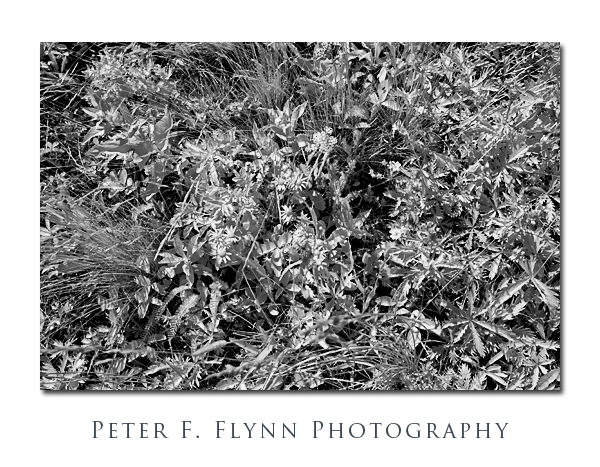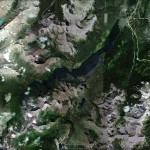We set off from Salt Lake City at around 08:30 on May 14. A promising day with very clement weather. We arrived at the west park entrance at around 13:30 after making a few supply stops at West Yellowstone, MT. The west entrance to the park is just a couple of mile east of the town
It does not take very long to leave the hustle of West Yellowstone behind in favor of the beauty and serenity of the Madison Valley. Here we found elk in abundance, and also bison, but no calves.
We made our way first eastward 14 miles to Madison Junction, and then northeast another 14 miles along the Gibbon River to Norris. From Norris the road heads directly northward for about 20 miles to Mammoth Hot Springs. At approximately 15 miles along this route there is a rest area named Sheepeater Cliffs, and here we found the lone yellow-bellied marmot shown below.
The image above was recorded at around 14:40 MDT, using the Nikon D4 and the AF-S NIKKOR 200-400mm f/4G ED VR II at 400mm, Exposure was f/5.6 and 1/2500s, ISO 800 – yeah, I was in a bit of a hurry to get the shot off before the critter ran off.
We continued north to Mammoth, and then veered eastward through the Blacktail Deer Plateau. Elk, pronghorn, and bison were scattered along the Northeast Entrance Road. At the Tower Junction we encountered a small group of bison (below). These animals were pretty skittish, and as soon as they crossed the road they provided us with a rather entertaining display of their running abilities
The images above (one) and below (four) of bison were recorded at about 16:30 MDT using the D4 and the 200-400mm lens at 400mm. Exposures were f/5.6 and 1/100s, ISO 800.
Near the Thunderer Trailhead in Soda Butte Canyon we encountered the Moose cow and calf (nearly grown) shown below (next four images). These images were recorded at 17:10 MDT using the D4 and the 200-400mm lense at 400mm. Exposure was f/5.6 and 1/500s, ISO 3200.
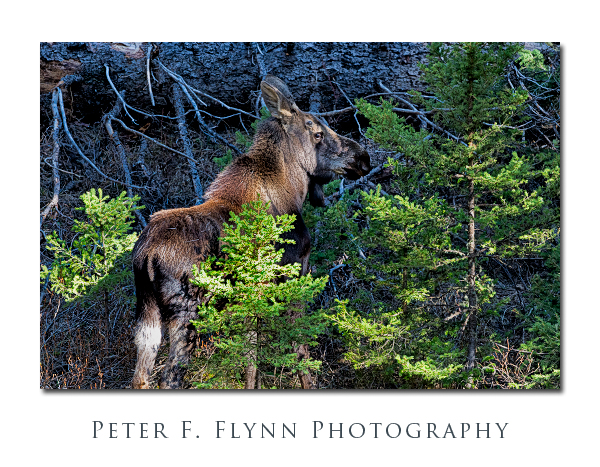
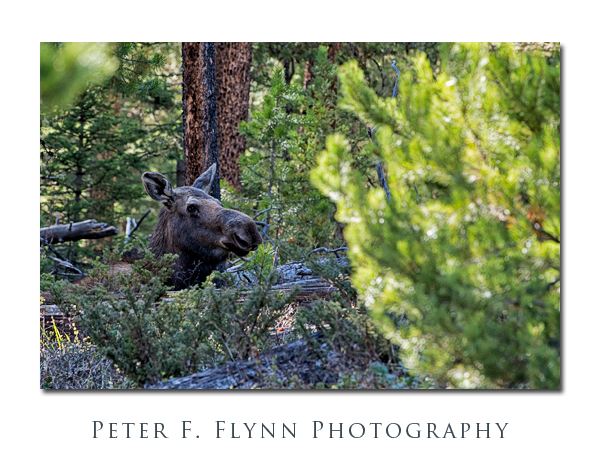
On the return trip westward we encountered several herd of bison – all of these groups contained sturdy calves as shown below. The three images below were recorded along the Northeast Entrance Road at around 17:45 MDT using the Nikon D4 and the AF-S NIKKOR 200-400mm f/4G ED VR II at 400mm, Exposure was f/8.0 and 1/1600s, ISO 1250.
On our way out of the Lamar Valley we stopped for a shot (below) of the valley looking south from the eastern edge of Lamar Canyon. Image recorded at 18:00 MDT using the Nikon D800E and the Af-S NIKKOR 24-70mm f/2.8 at 45mm, Exposure was f/11.0 and 1/125s, ISO at 100.
The area below Junction Butte is a haven for many species, including bighorn sheep, bison, mule deer, coyotes, and as shown below, pronghorn. The image below recorded at 18:30 MDT, using the D4 and the 200-400mm lens at 400mm. Exposure was f/8.0 and 1/800s, ISO 1250.
Finally, at the end of the day, or at least the end of the light, we encountered this black bear along the short spur road that leads from the Northeast Entrance Road to Petrified Tree. Images recorded at 19:30 MDT using the D4 and the 200-400mm lens at 400mm, Exposure was f/5.6 and 1/1250s at ISO 3200.
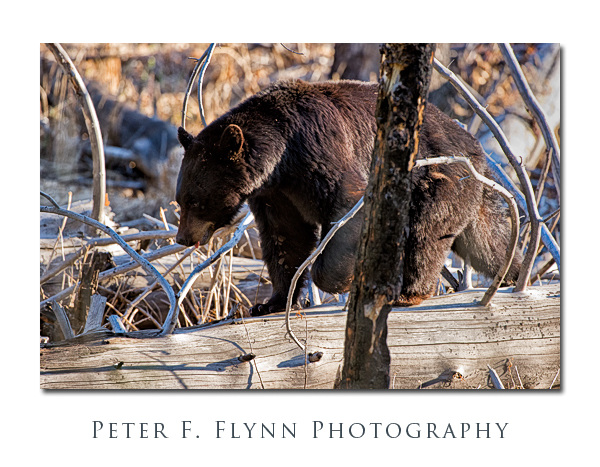
Images in this entry were processed using Photoshop CS5 (extended) with capture and output sharpening conducted using Photokit Sharpener 2 and Nik Software Plugins (Viveza 2, Color Efex Pro 2).
How did the new Nikon bodies perform? The D4 is a truly remarkable innovation – although the sensitivity is very similar to that of the D3s, the dynamic range has been dramatically improved – even in the harshest lighting conditions, details in shadow and highlight regions were recoverable in ways in which no previous camera system has been able to render.
The D800E saw limited use on this portion of our adventure – tune in later for a more extensive review of results for this exciting instrument.
Copyright 2012 Peter F. Flynn. No usage permitted without prior written consent. All rights reserved.
